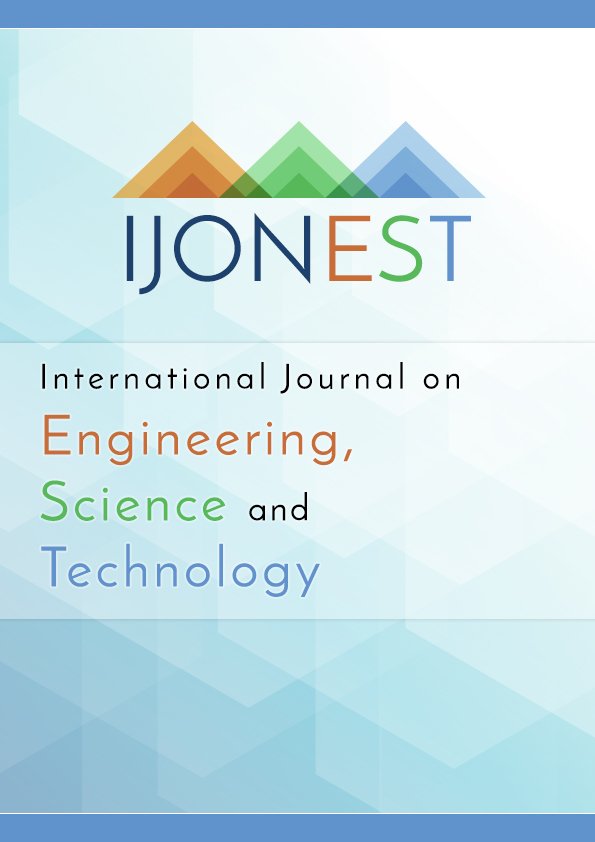Numerical Simulation of Lithium-ion Battery Cooling Techniques for Electric Vehicles
DOI:
https://doi.org/10.46328/ijonest.186Keywords:
Lithium-ion (Li-ion) battery, Battery thermal management system (BTMS), Air and liquid and fin cooling systems, Phase change material (PCM) and heat pipes, Simulation analysisAbstract
Various strategies were developed for battery cooling including air cooling, liquid cooling, fin cooling, phase change material cooling (PCM), and heat pipes. The objective of this study was to identify an appropriate cooling technique for lithium-ion batteries utilized in electric vehicles. A three-dimensional unsteady numerical model was developed using ANSYS software to conduct simulations to assess the cooling efficiency of each approach. The numerical results indicate that the air-cooling technique yielded a peak temperature of 32.928 °C and a maximum total heat flow of 11456 W/m2. The fin cooling technique had a peak total heat flow of 0.014476 W/m2 and reached a maximum temperature of 35.17 °C. The liquid cooling technique exhibited a peak temperature of 31.773 °C and a maximum total heat flux of 10642 W/m2. Additionally, a changed battery pack was planned with extra air outlets to upgrade the convection cycle of the air-cooling technique. Based on the numerical findings, the modified battery pack for air-cooling technique resulted in a peak temperature of 31.214 °C and a maximum total heat flow of 12272 W/m2. PCM and heat pipe method had a maximum temperature of 54.85 °C and a maximum total heat flow of 554.69 W/m2. According to the results obtained, the liquid cooling method demonstrated the lowest maximum temperature. The simulations indicate that this approach offers the most effective thermal management, with a maximum temperature value of 31.773 °C.Downloads
Published
Issue
Section
License
Articles may be used for research, teaching, and private study purposes. Authors alone are responsible for the contents of their articles. The journal owns the copyright of the articles. The publisher shall not be liable for any loss, actions, claims, proceedings, demand, or costs or damages whatsoever or howsoever caused arising directly or indirectly in connection with or arising out of the use of the research material.
The author(s) of a manuscript agree that if the manuscript is accepted for publication in the International Journal on Engineering, Science and Technology (IJonEST), the published article will be copyrighted using a Creative Commons “Attribution 4.0 International” license. This license allows others to freely copy, distribute, and display the copyrighted work, and derivative works based upon it, under certain specified conditions.
Authors are responsible for obtaining written permission to include any images or artwork for which they do not hold copyright in their articles, or to adapt any such images or artwork for inclusion in their articles. The copyright holder must be made explicitly aware that the image(s) or artwork will be made freely available online as part of the article under a Creative Commons “Attribution 4.0 International” license.

This work is licensed under a Creative Commons Attribution-NonCommercial-ShareAlike 4.0 International License.





